Making the Gup-A #ToYourStations
- Behind the Scenes
- Posted by Eoin Kavanagh on April 21 2014
Share Tweet
As a technical supervisor Octonauts always had all the elements that appealed to me as a kid.
The chase sequences. Elements of danger. Underwater exploration and rescue!
One UBER cool part of the job was the creation of the underwater sea stations and the Gups.
For the first time EVER we're sharing a sneak peek into how the Gups and underwater stations were made. To start, have a look at some Gup designs and the creation of the Gup-A.
Creating Gups and sea stations starts with 2D designs - from Meomi, creators of the original book series and co-executive producers on the show, or from our own 2D artists (Derek Horan and Ryan Adams). All of the designs go through an approvals process from the Show Creators, Directors and Art Directors.
The gups go through multiple designs - most never got farther than pencil sketches!
Check out some early concepts for the Gups by Derek Horan - looking back now I’d still love to see some of these designs make it into future episodes of the Octonauts.
Gup-A
The Gup-A came from designs in Meomi’s original Octonaut books. As you can see the designs in the book are 2D vector graphics, with excellent use of color. We wanted our 3D designs to keep this charm and always felt confident that we could get it to transfer well into 3D
From there Nicky Phelan, Animation Director (Season One) and Director for Season Two, created some rough animations of how the Gup could technically function. Exiting gups we found could be a particular problem!
I was a modeller in the Season One of Octonauts - I had the task of modelling the Gup-A. The 3D Geometry was created from Meomi's artwork and Derek's 2D turnarounds. After the Art Director, Stephen Robinson, approved the model it moved on to texturing.

Stephen O'Connor was one of our texture artists before he became Art Director for Season Two. He added the color to the Gup based on the original Meomi artwork. The Dashboards screens contain looping animations of radars and computer screens.

After textures were applied the Gup needed Shader information, added by Lighting Technical Director, Patrick Redmond. Patrick also added the light for the underwater environments.
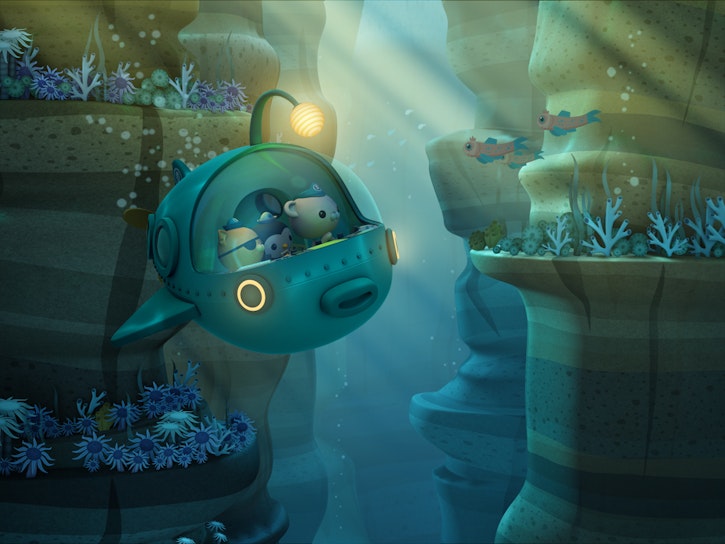
Once we got inside the Gup we used a 3D Set - adjusting it to fit the characters. (Ever noticed how the inside is A LOT bigger than the outside of a GUP?)
Inside we use a higher detail 3D geometry, textures and there is a lot more detail in the lighting!
Eoin Kavanagh
We Love Animation®
Brown Bag Labs is an exciting online space, brought to you by Brown Bag Films. We share great content for families as well as behind the scenes fun and tutorials from the Brown Bag Films team.



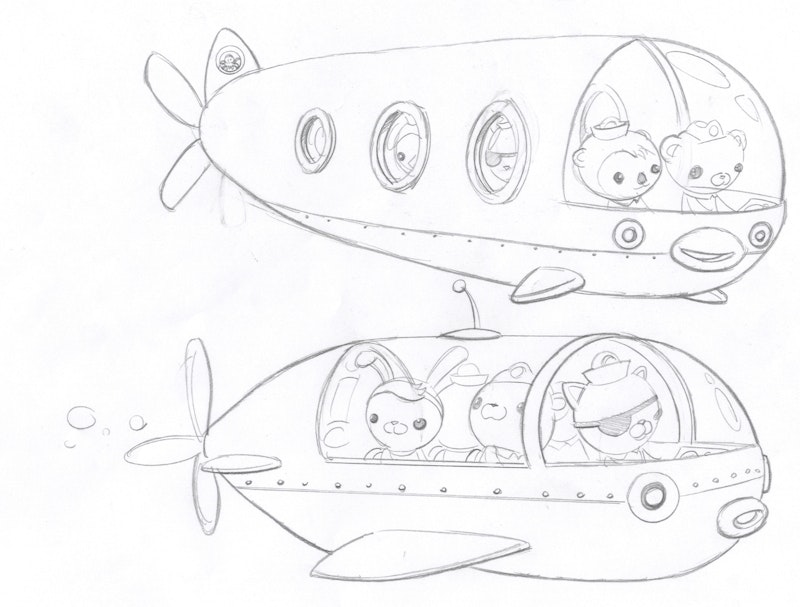

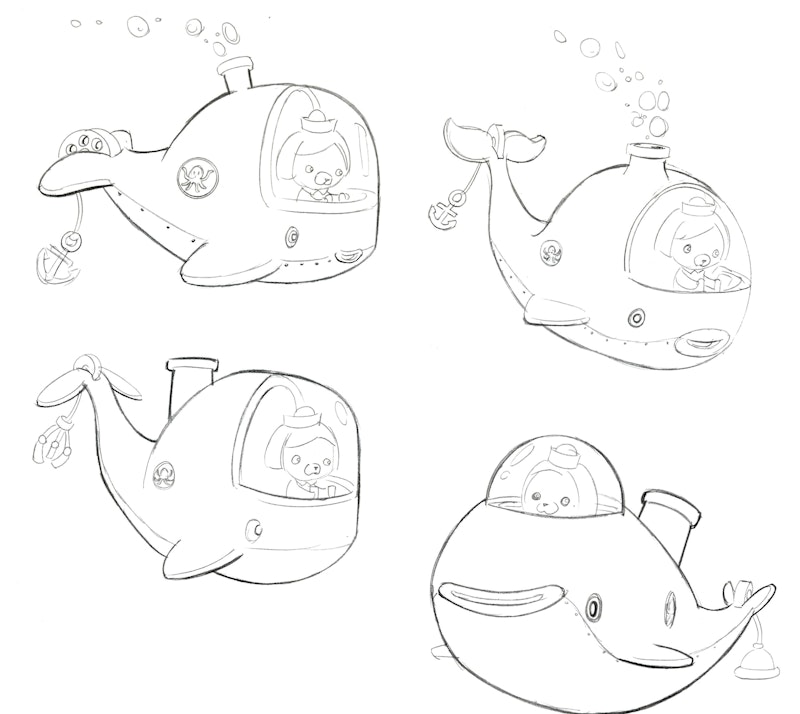
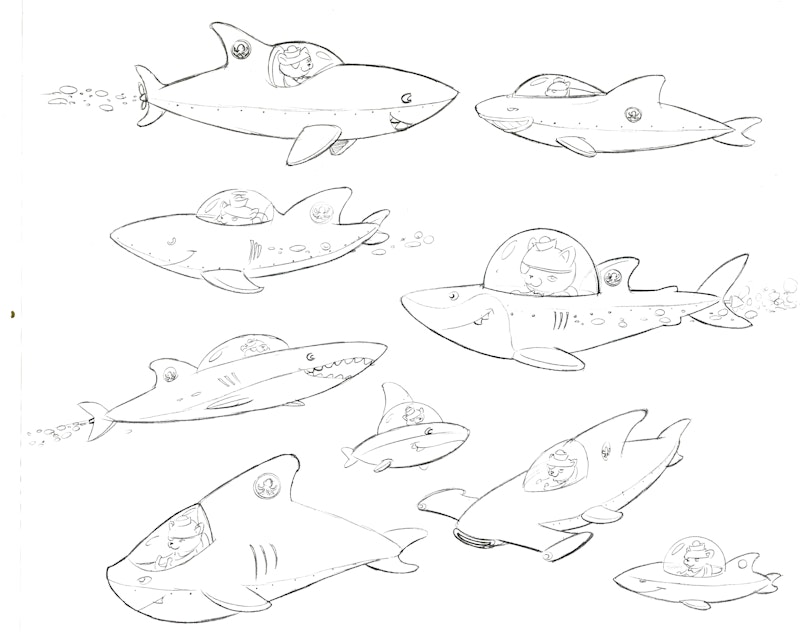
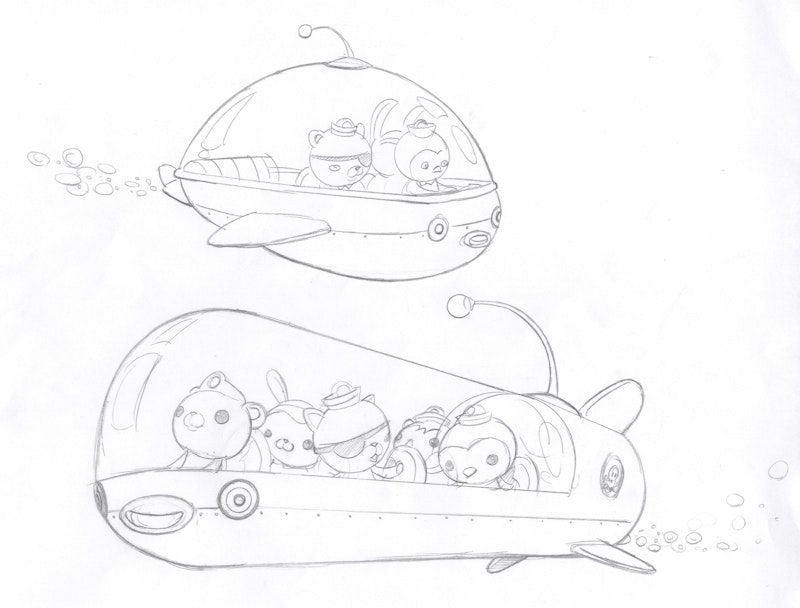

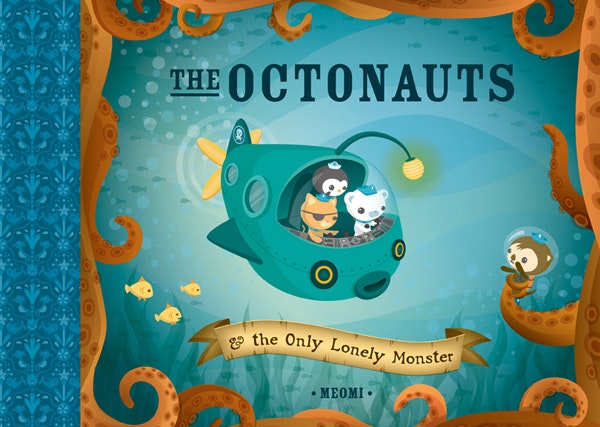
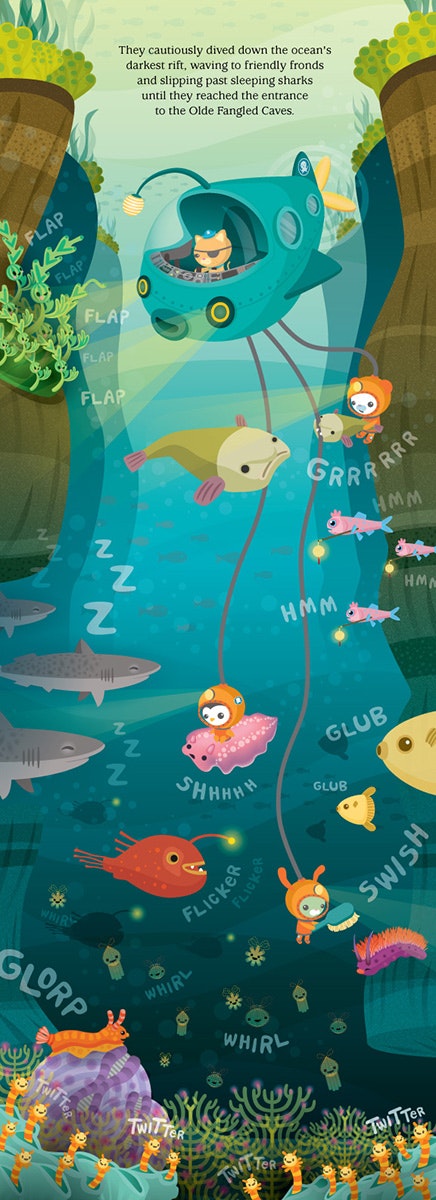
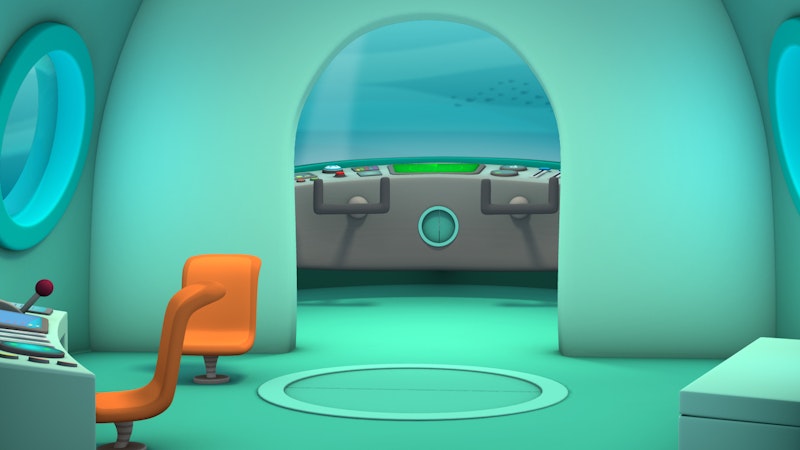
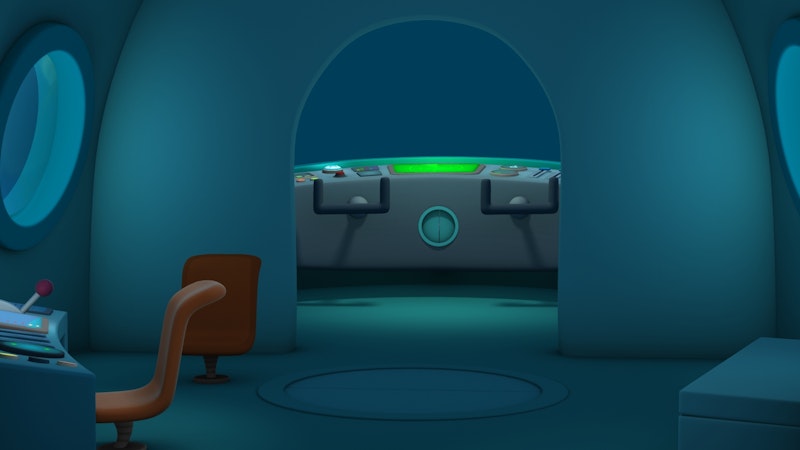
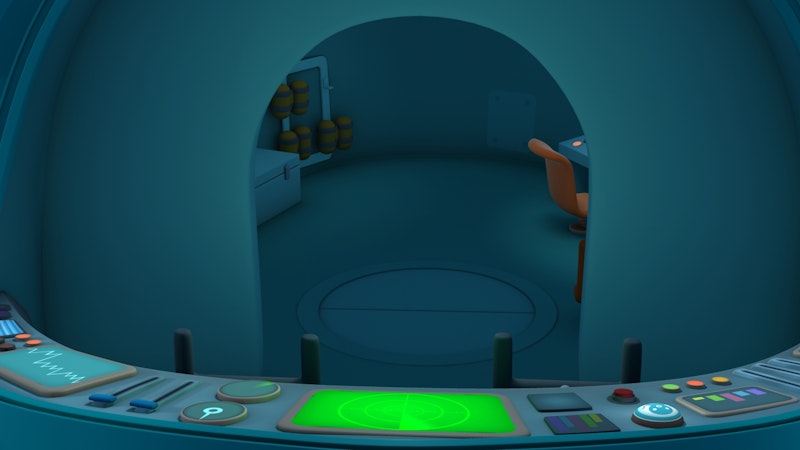
Get our great newsletter!
Get our great newsletter!